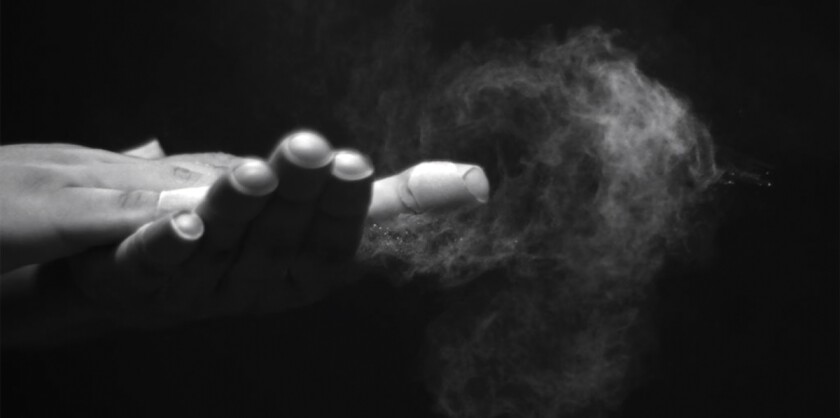
Gilt edges of Titus Lucretius Carus’ De Rerum Natura, 1754.
G is for Gilt edges
Unless specially qualified (e.g. gilt tops), this means that all three edges of the book have been cut smooth and gilded.
Gilt edges are the elegant result of applying gold leaf to page edges. Page edges are first cut and sanded smooth for optimal adhesion. Then a layer of bole (red clay base) is applied and burnished. Following the bole, several layers of glaire (adhesive) are applied. Finally, the gold leaf is carefully laid, pressed, and burnished onto the page edges. Experts prefer to use a specific type of gold for gilt edges. Akin to Goldilocks, gilt edge craftsmen find that 24-carat gold is too soft and transfer gold is too thin, but 23.5-carat double loose gold is just right.1
In addition to ornamenting a book, gilt edges also provide a practical purpose. The burnished edges of a gilded book produce a protective barrier between outside pollutants, such as dust, and the interior pages.2
H is for Historiated
Of initials, capitals or borders, in manuscripts or early books: properly meaning decorated with histoires, i.e. figures of men or animals, rather than with floral or formal designs.
Early instances of historiated initials appeared around the 8th century. Their popularity continued to grow and peaked in the Middle Ages. While the figures and scenes in historiated initials can relate to the accompanying text, there is no hard rule that the two must connect.3

Historiated initials found in Johannis Bernoulli’s Opera omina, 1742.
I is for Inscriptions
Unlike inscribed, the term inscription carries of itself no implication that the author of the book is responsible. Inscriptions (on endpaper, fly-leaf, title-page, etc.) unconnected with the author or anyone else worth specifying will usually be mentioned in a bookseller’s catalogue only if they are on the one hand prominent or extensive enough to be something of a defacement, or on the other hand seem of some intrinsic interest; though an important or expensive book will of course be more fully described in this as in other particulars. Modern books, however, are sometimes described as ‘with inscription on endpaper, otherwise fine’ even when the original owner has merely written in his name and perhaps the date. This rather finicky attitude, adopted in deference to the mint-condition fetishists, is resented by collectors who have a respect for a book’s provenance, particularly at an early stage.
The Wenner collection includes many items with inscriptions. One highlight can be found in a third edition copy of Isaac Newton’s Philosophiae Naturalis Principia Mathematica. This 1871 Principia was printed for William Thomson (Lord Kelvin) and features an inscription by Kelvin to one of his students.

Inscription inside Philosophiae Naturalis Principia Mathematica by Isaac Newton, 1871. Read more about Lord Kelvin in the Wenner Collection here.
References:
1. Mitchell, J. (1993). The craftsmans guide to edge decoration. Worthing, U.K: Standing Press.
2. Hayes, L. (2018, May). Edge Decoration. Retrieved from https://www.adelaide.edu.au/library/special/exhibitions/cover-to-cover/…
3. The British Library. (n.d.). Catalogue of Illuminated Manuscripts. Retrieved from https://www.bl.uk/catalogues/illuminatedmanuscripts/GlossH.asp



